Resilience
Growing our living systems close to the final location ensures they can fully acclimatise before installation. This means that the plants are more resilient and the system arrives fully established.
Over the years we've built up a wealth of experience working with green infrastructure systems, and we use this to help architects and developers integrate the right solutions as long-term environmental assets.
5,880 projects
Completed
35.8m plants
Integrated
25,604 kg
Dust trapped per year
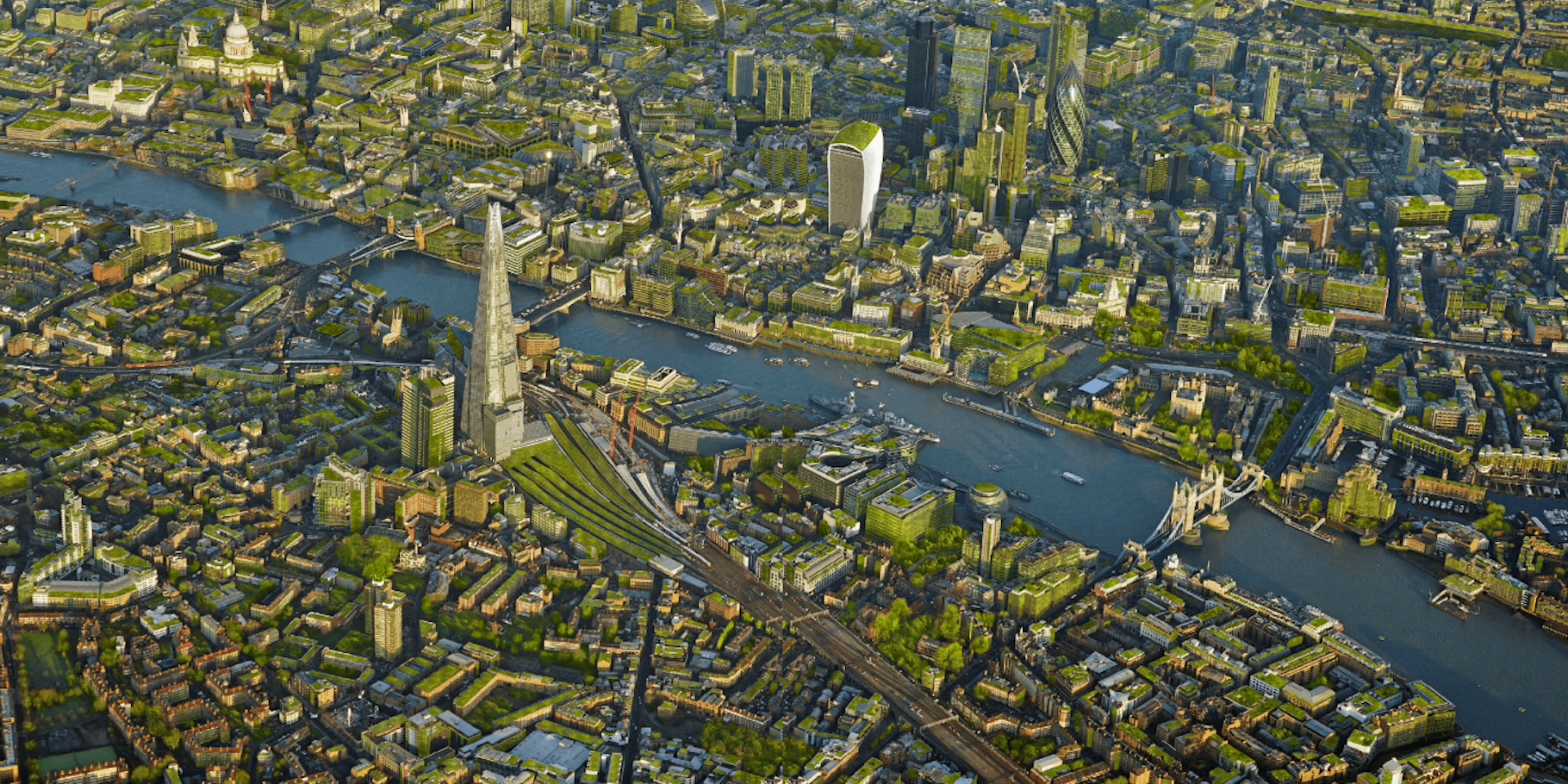
Featured case study
Europe's largest living wall has officially been completed! Having stood loud and proud at the heart of Salford, attracting much attention from passers-by, and wildlife too, it's safe to say this is one of our best projects yet! With almost 4000m2 of living wall, (350,000 plants), this living wall is planted onto one of UK's most environmentally friendly office buildings.
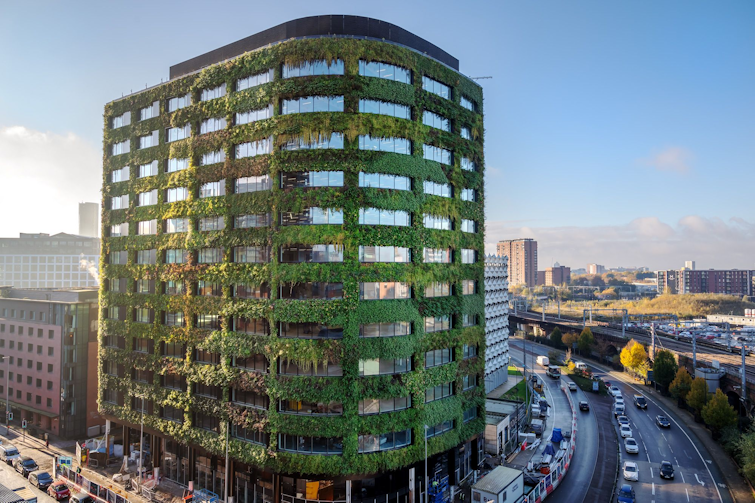
Featured case study
Featuring 4,200m² of green roofs integrated across two levels, this plays an integral role in Woking Council's work to transform the town.
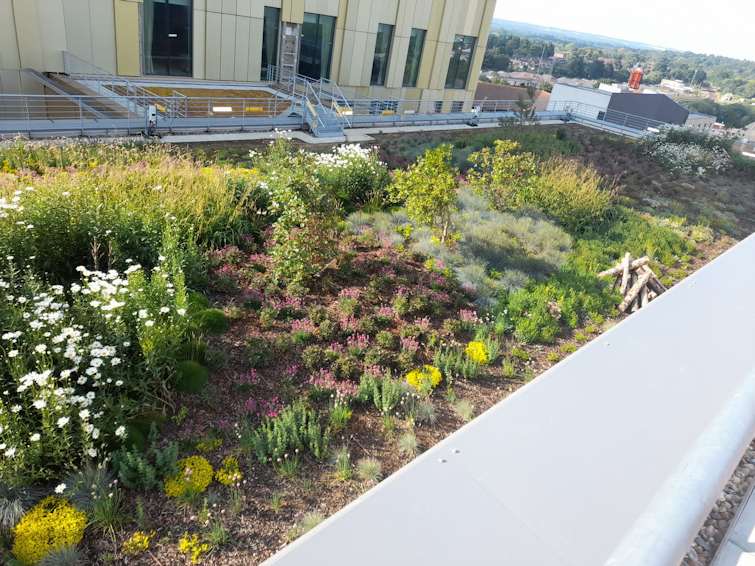
Featured case study
The aim: To deliver a mesmerising spatial experience using sophisticated details to create an international top-grade building environment.
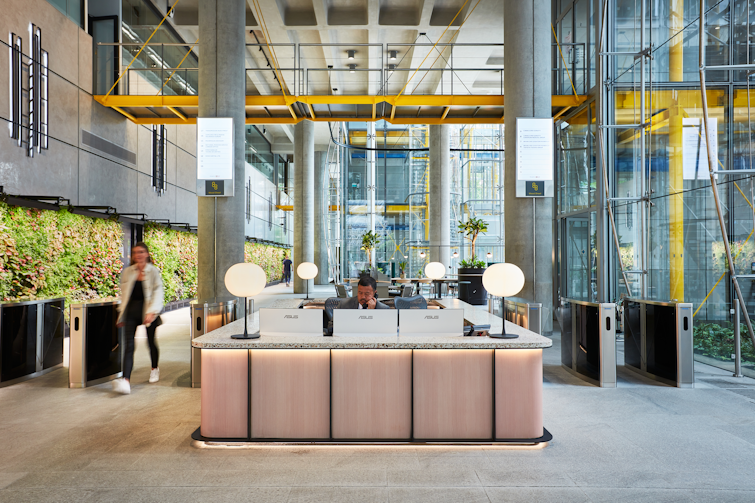
Featured case study
On one of the largest and most established SEGRO esates, we were contracted by Bowden Moss to design, supply and install a large living wall on the site.
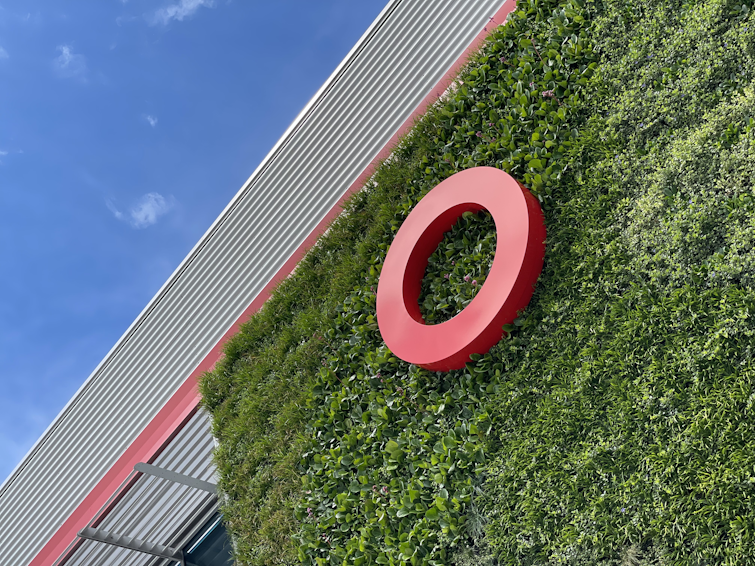
Growing our living systems close to the final location ensures they can fully acclimatise before installation. This means that the plants are more resilient and the system arrives fully established.
Giving us greater flexibility with plant design, enabling us to provide for biodiversity, improve air quality, create interactive features or work to a specific aesthetic.
From initial consultation through to design, planting, installation and maintenance, we are here for every step of the way to ensure the greening in your scheme fulfils its purpose.
Harnessing the power of plants to combat air quality, form havens of biodiversity, and restore our connection to nature.
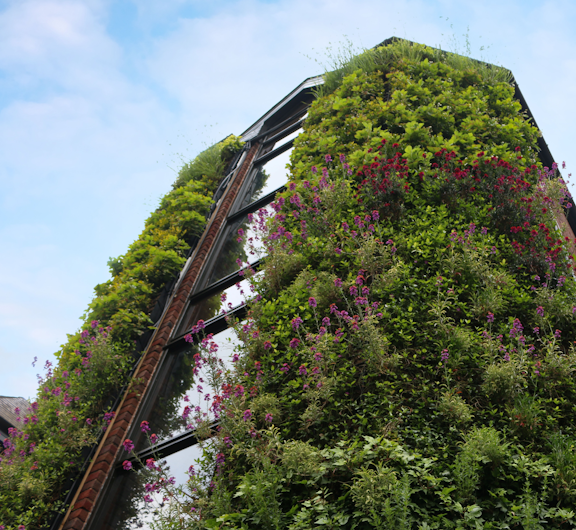
Hit environmental targets and enhance urban spaces by integrating living walls into new or old structures as long-term environmental assets.
Create spaces that benefit the health, well-being and productivity of the occupants. This is how we can discover and restore our innate connection with nature: ‘biophilia’.
Design, implementation and maintenance of natural green roof systems, bespoke for every project.
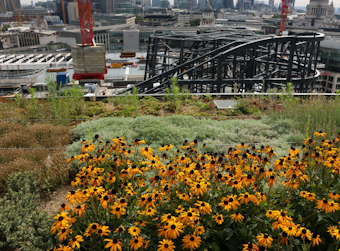
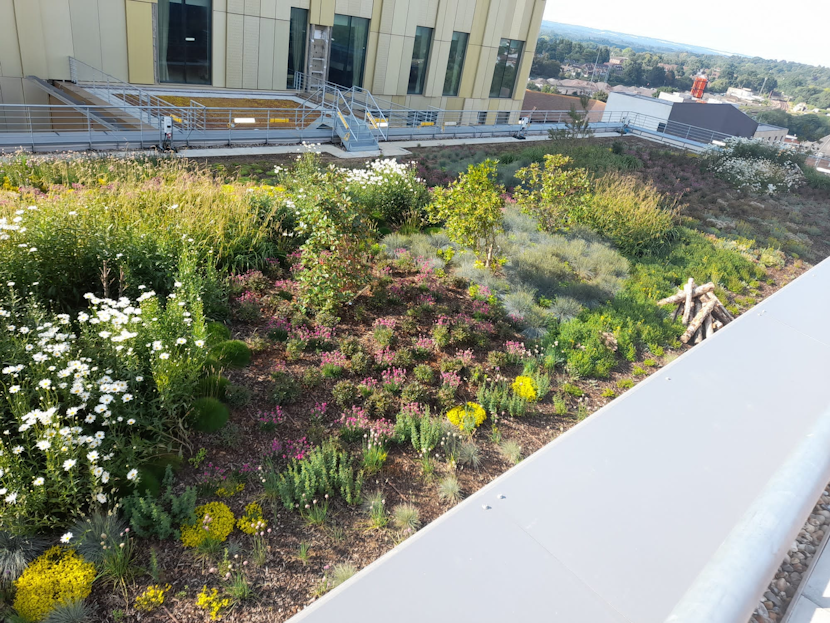
Architects
Enabling architects to comply with regulations, fulfill the client's purpose and create successful environmental assets for the long-term.
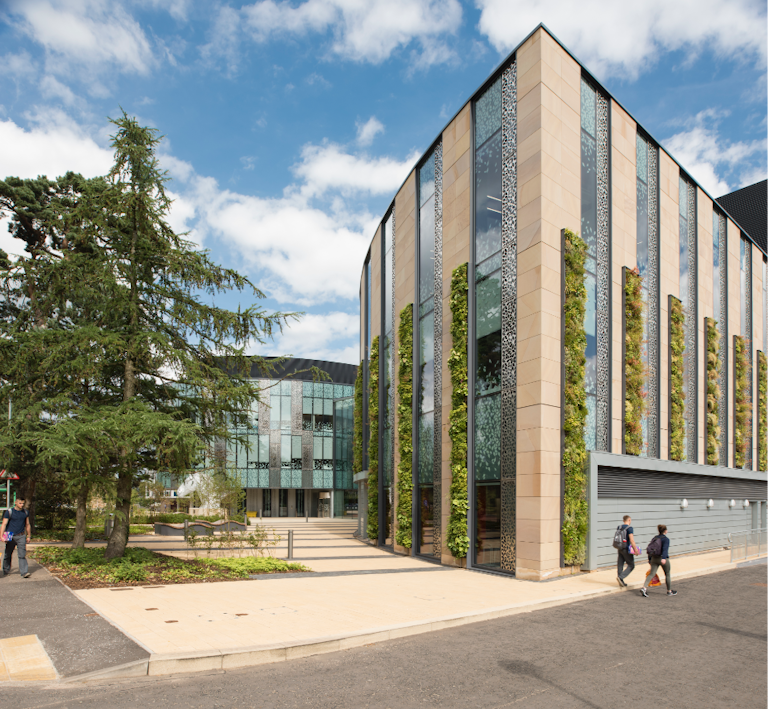
Contractors
Fully accredited with years of on-site experience with green infrastructure systems, our fixed cost, no hidden extras approach combined with a competent team and a turn-key solution makes us a trusted partner for high-end schemes.
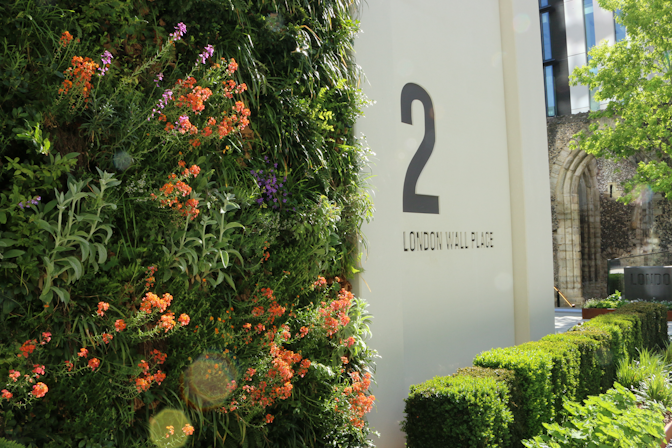
Proprietors
Make a difference with a sustainable design statement. Aid your CSR and support the local environment by incorporating green infrastructure into your development.

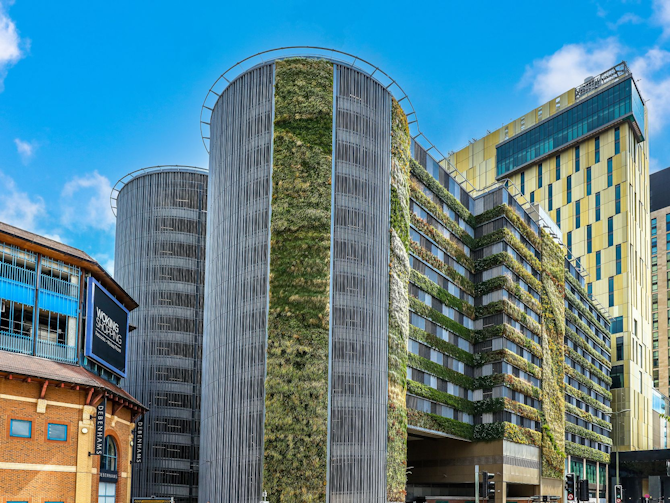
In an era of rapidly changing climate conditions, architects and urban planners are increasingly turning to innovative solutions to create sustainable and resilient structures. One established approach is environmental architecture, with living walls as their prominent feature.
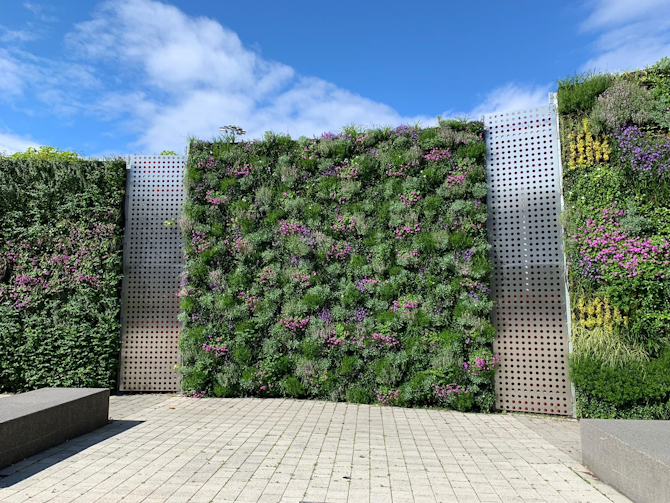
This blog explores the transformative potential of incorporating green walls to achieve carbon neutrality and optimise thermal performance in data centres.
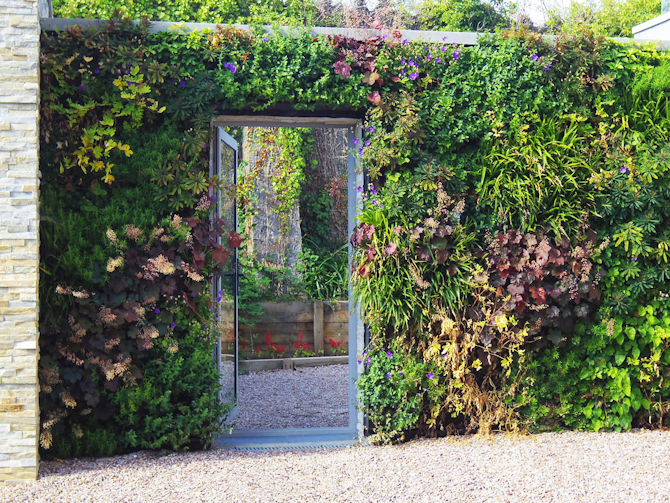
In this blog, we explore the pivotal role that living walls play in mitigating climate change and creating a more resilient and sustainable future.
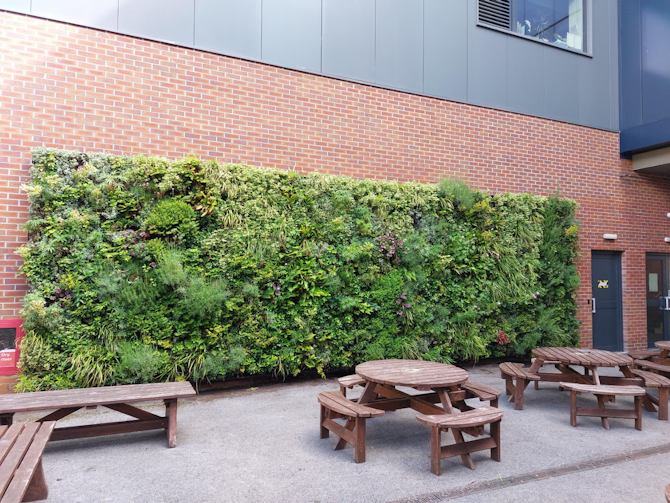
In this blog, we’re going to explore how living walls elevate outdoor air quality, transforming concrete jungles into vibrant, healthy ecosystems.

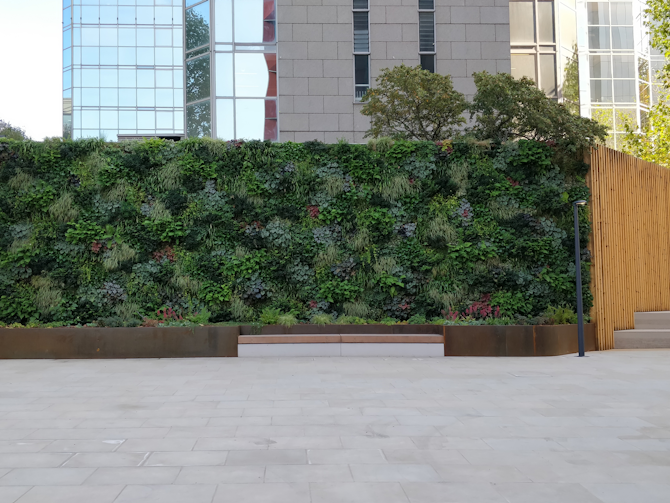
In this blog, we’re going to delve into the intersection of environmental architecture and biophilic design, and how they build an environment that blends ecological consciousness and human well-being.